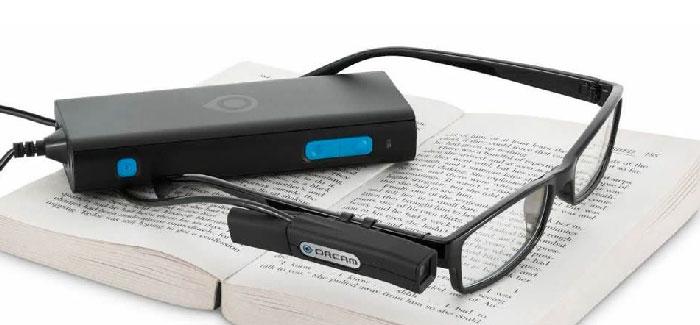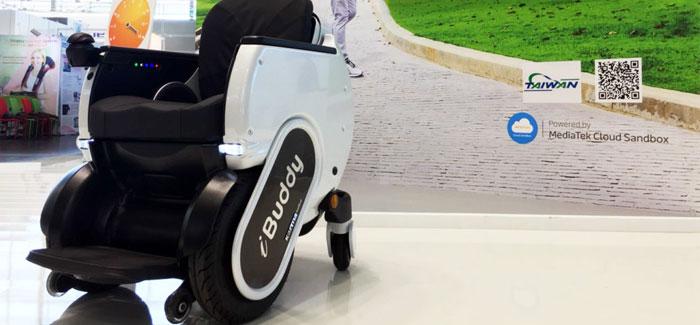
16/05/2019
Recognized for its spectacular progress in the field of robotics and artificial intelligence, Japan has quickly embarked on the creation of mobility devices such as exoskeletons. Since Japanese seniors work and live longer than Westerners, a need for support for walking has emerged. In 1999, the company Honda began its research on these medical structures to mobility. This is how the Honda Walking Assist (or Honda Mobility Assistance) is developed thanks to the cooperative control of the human body and its members.
How does this exoskeleton work?
The device designed by Honda allows for a fluid and efficient movement inspired by the theory of the inverted pendulum. It is a model illustrating bipedal walking in robotics, studied by several designers and analysts to make prostheses whose hips and ankles are the axes of rotation. To improve the symmetry and cohesion during the movement of the raised leg, the computer activates the motors according to the data obtained from the sensors on the legs. The device has a weight of approximately 2.7 kilograms1. It is so very compact. The Honda control system has been developed so that the wearer can easily use the device with belts. In short, the Honda Mobility Assistance is suitable for different morphologies and offers more opportunities for the user, promoting better use and more natural travel.
The history of the Honda Walking Assist
Honda designs technologies adapted to new problems affecting the population. The company is developing safe and economical means through innovative devices to help people with disabilities to live in society despite their difference. Honda Mobility Assistance also offers a wide range of modes of travel that we will explain later in the article.
Despite this technological revolution, exoskeletons remain complex to perfect. Designers must foresee the potential technical difficulties alternating the interface, conceptualize the mechanics of the device, the algorithms, the frequency of the sensors, then develop the control and command system. Moreover, the reception of the data must remain stable so as not to restrict the movements of the user.
In order to meet the requirements, Honda integrates the technology of their Android ASIMO. The reinforced leg combination of the Honda Walking Assist uses the same control data, ensuring a wide range of motion. For example, ASIMO can change its positions by interrupting a started movement, allowing the android to walk, run, jump and spin smoothly. By acquiring this technology, the exoskeleton can adapt more flexibly to changing outdoor situations while maintaining a stable posture.
Its peculiarities
Earlier, we mentioned that the Honda Walking Assist has travel modes to accommodate different types of support. Three are offered and meet a specific need. First, there is the tracking mode that works according to the movements of the user. This is the ideal mode for those requiring light help. Then, the symmetrical mode or "memory" is based on the habits of the wearer. This particular mode supports the flexion and extension of the legs. Finally, the step mode is the one that requires the most artificial intelligence. It restores the tilting of the body and transfers the weight to maintain the precarious balance of the person.``
To conclude, Honda Mobility Assistance has many unique features to make it easy to use and keep the wearer safe. The most concrete is the design of the belt structure with adjustable frames: easy to attach and remove. There is even a function that visualizes the walking habits and the physical state of users on an information device that looks a lot like a touch pad! These are the details that make all the difference.
- Katherine Massicote
SOURCE
1https://exoskeletonreport.com/product/honda-walking-assist/
ADDITIONAL SOURCES
https://world.honda.com/Walking-Assist/
https://www.meilleure-innovation.com/2015/07/honda-walking-assist-device-exosquelette/


